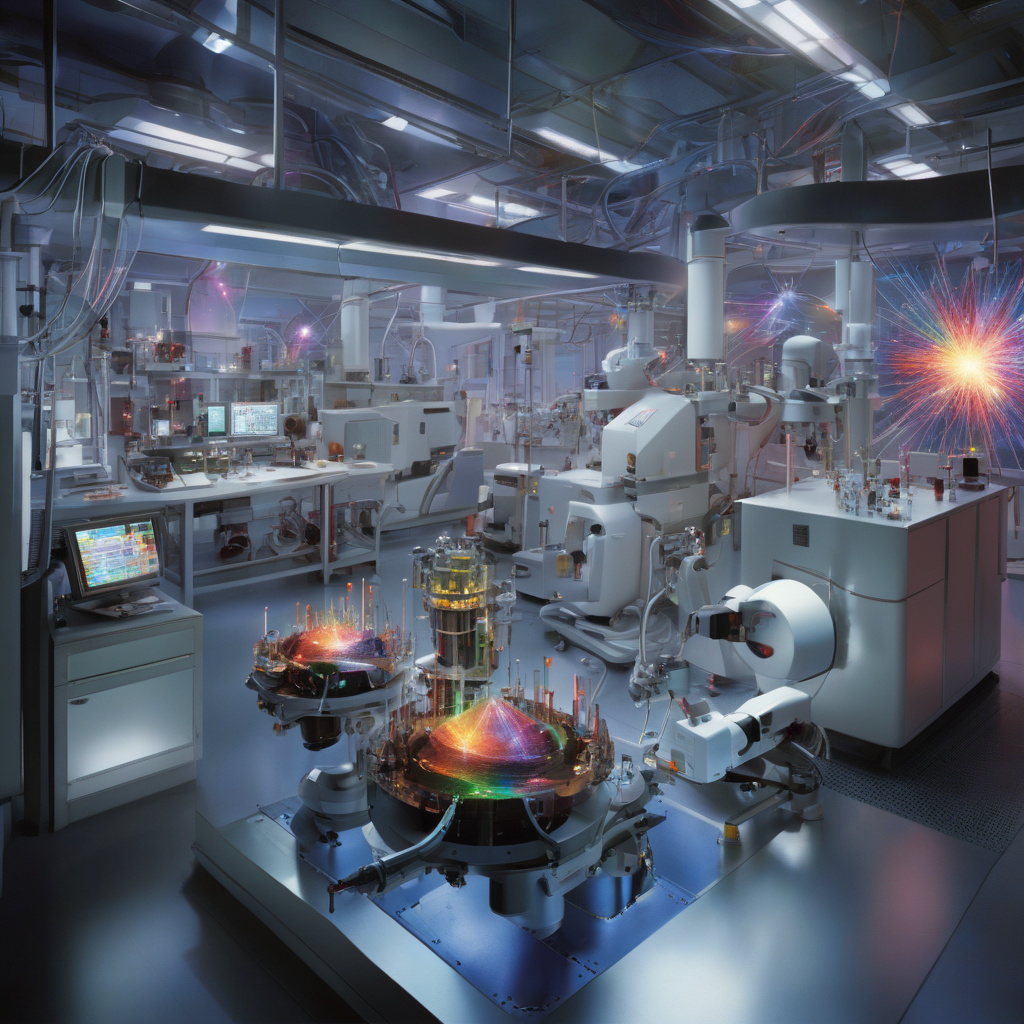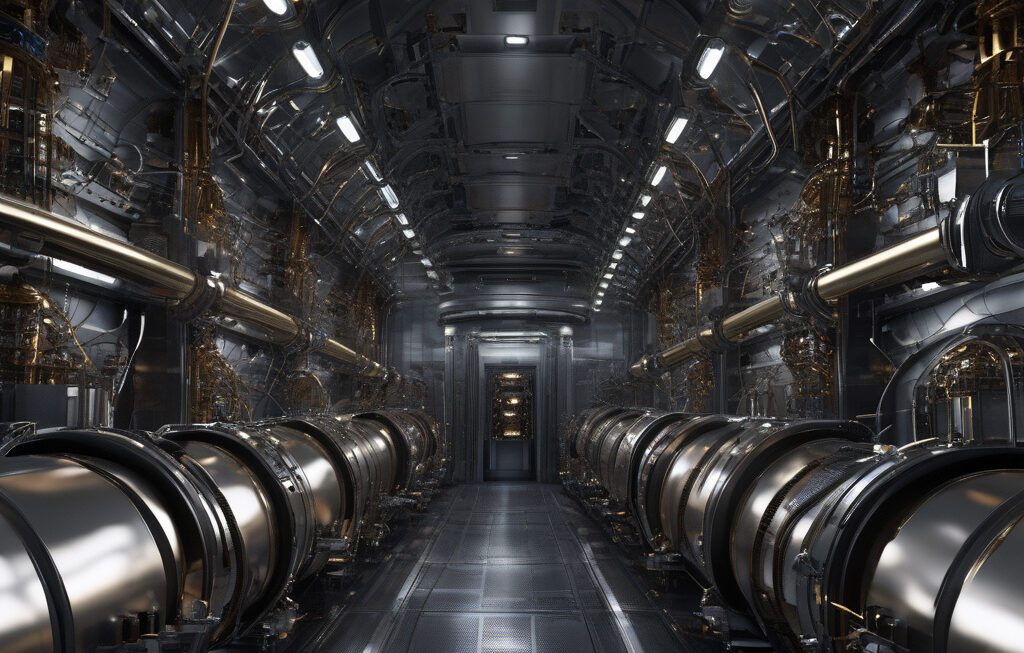100 Particle Bursts Per Second: Laser Breakthrough Could Advance Compact Accelerator
Scientists at DESY (Deutsches Elektronen-Synchrotron) have moved closer toward developing compact, powerful particle accelerators. Their recent breakthrough involves achieving an unprecedented rate of 100 particle bursts per second using lasers, a development that could revolutionize the field of accelerator technology. This advancement opens up new possibilities for compact accelerators that could be used in various scientific and industrial applications.
Traditional particle accelerators are massive and expensive machines that rely on radiofrequency cavities to accelerate particles to high speeds. The use of lasers to accelerate particles offers a more compact and cost-effective alternative. By harnessing the power of laser technology, scientists can achieve high acceleration gradients over short distances, leading to the development of smaller accelerators that are easier to operate and maintain.
The key to this breakthrough lies in the precise control of laser pulses to generate particle bursts at a rate of 100 per second. This rapid burst rate is a significant improvement over previous attempts and brings researchers one step closer to realizing the full potential of laser-driven particle accelerators. With further refinement, this technology could eventually lead to accelerators that are not only compact but also capable of producing high-energy particle beams for a wide range of applications.
One of the main advantages of compact accelerators is their versatility. These smaller accelerators can be used in a variety of settings, from research laboratories to medical facilities. For example, compact accelerators could revolutionize cancer treatment by delivering precise doses of radiation to tumors with minimal damage to surrounding healthy tissue. In addition, they could also be used in industrial processes such as materials testing and analysis.
Moreover, the development of compact accelerators has the potential to democratize access to particle acceleration technology. By reducing the size and cost of accelerators, more research institutions and industries around the world could have the opportunity to harness the power of accelerated particles for their work. This could lead to new discoveries in fields such as materials science, chemistry, and physics, driving innovation and progress on a global scale.
As scientists at DESY continue to refine their laser-driven particle accelerator technology, the future looks promising for compact accelerators. The ability to generate 100 particle bursts per second marks a significant milestone in the advancement of accelerator technology and paves the way for a new era of compact, high-powered accelerators. With further developments and collaborations in the field, we can expect to see even more exciting breakthroughs that will shape the future of particle acceleration.
In conclusion, the recent breakthrough by scientists at DESY in achieving 100 particle bursts per second using lasers represents a major step forward in the development of compact accelerators. This technology has the potential to revolutionize particle acceleration, making it more accessible and versatile for a wide range of applications. As research in this field progresses, we can look forward to a future where compact accelerators play a vital role in driving innovation and scientific discovery.
particle accelerators, laser technology, DESY, scientific breakthrough, compact accelerators












